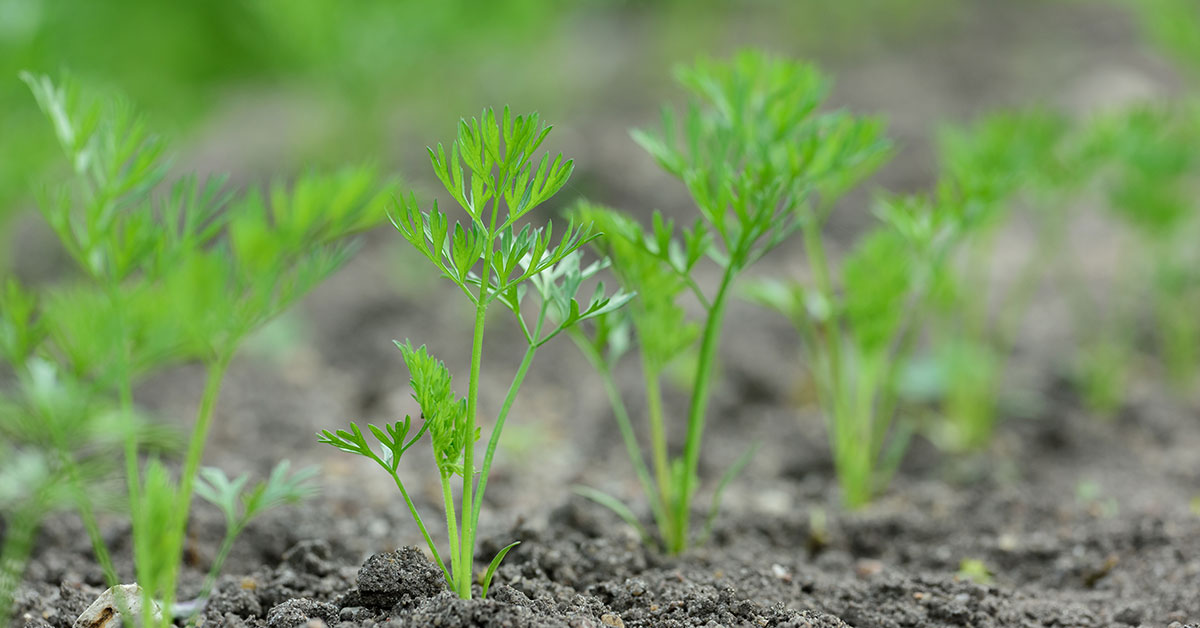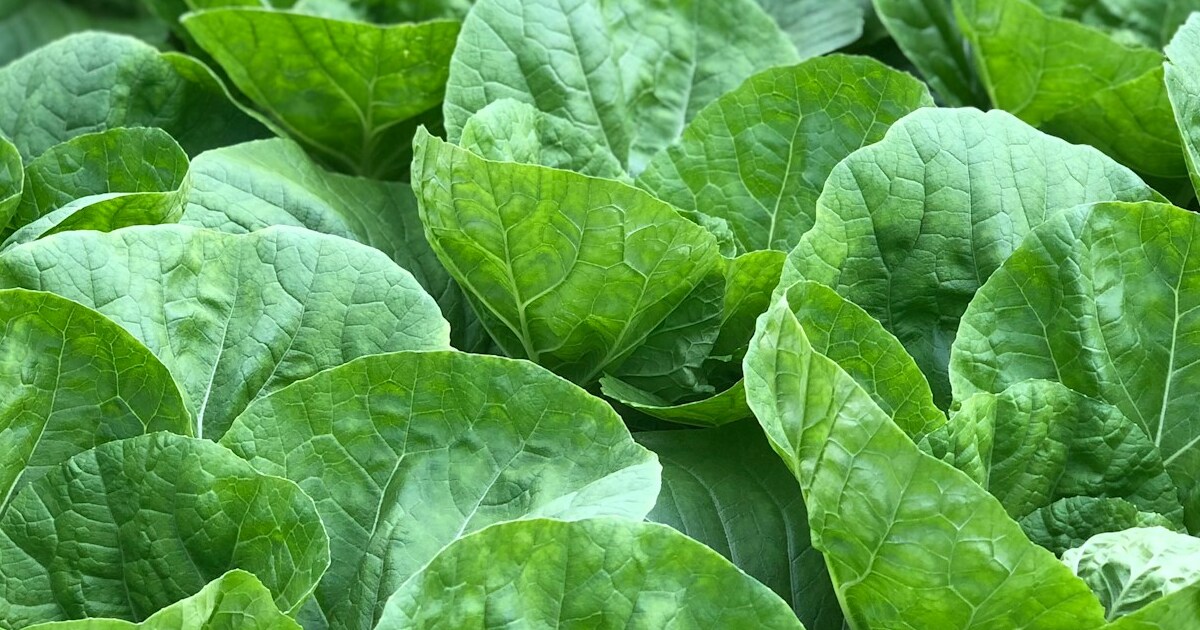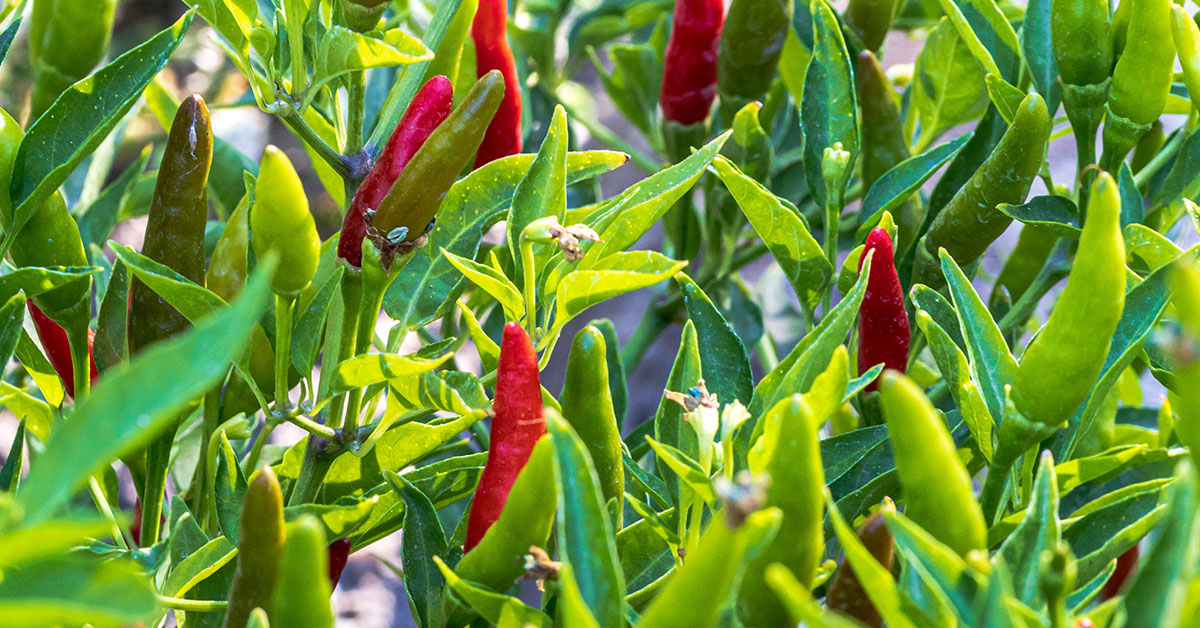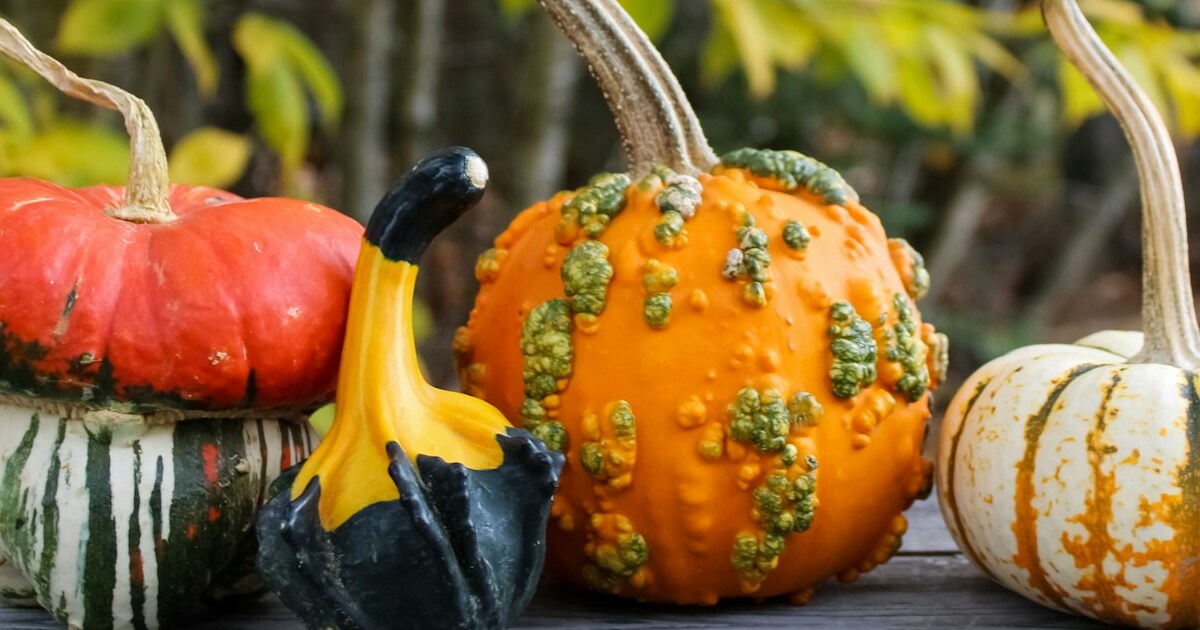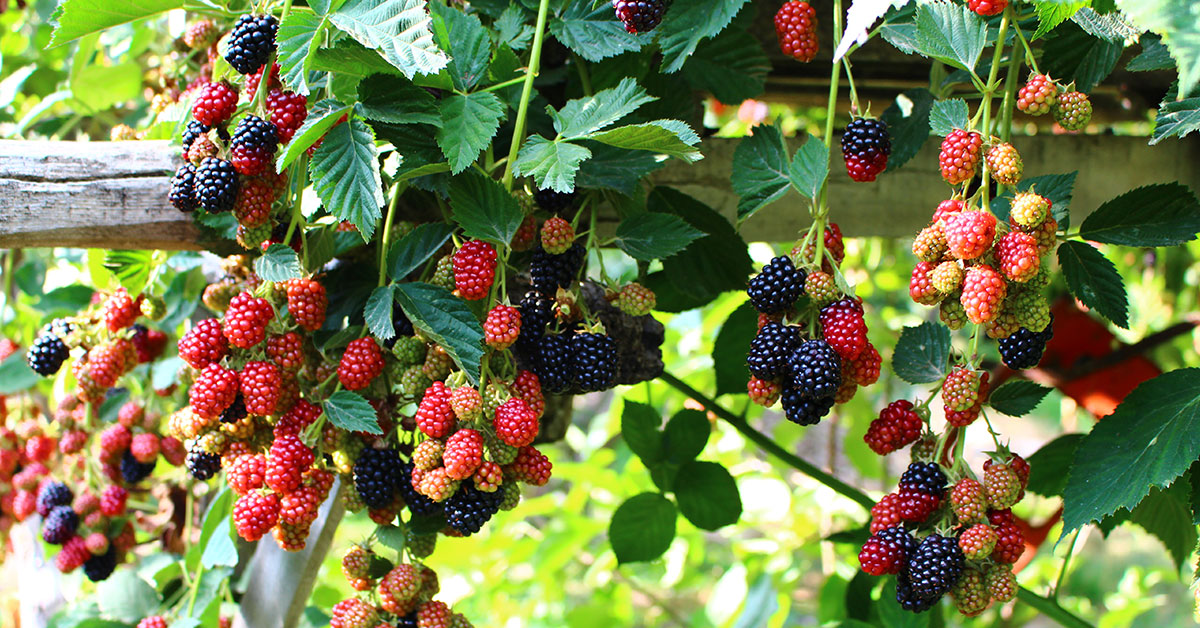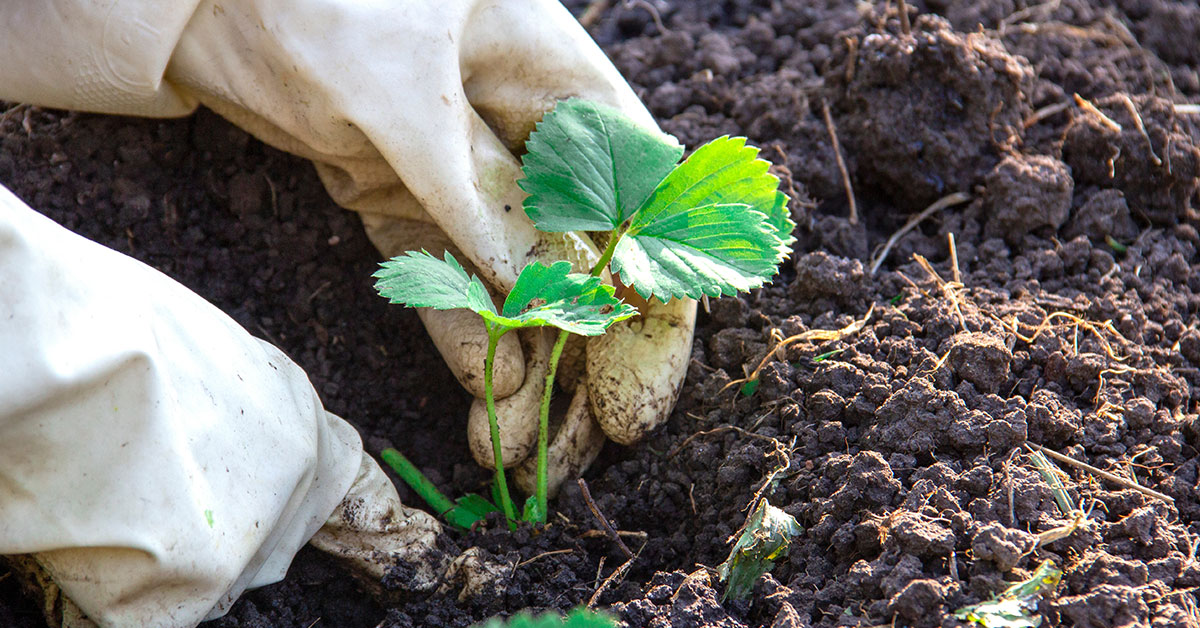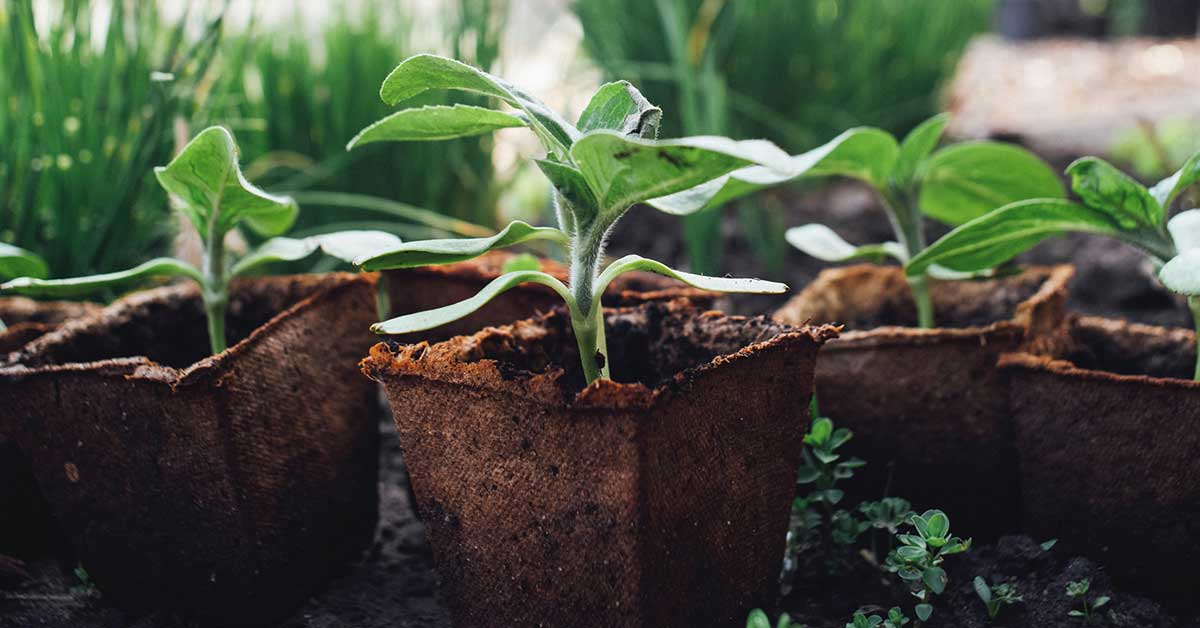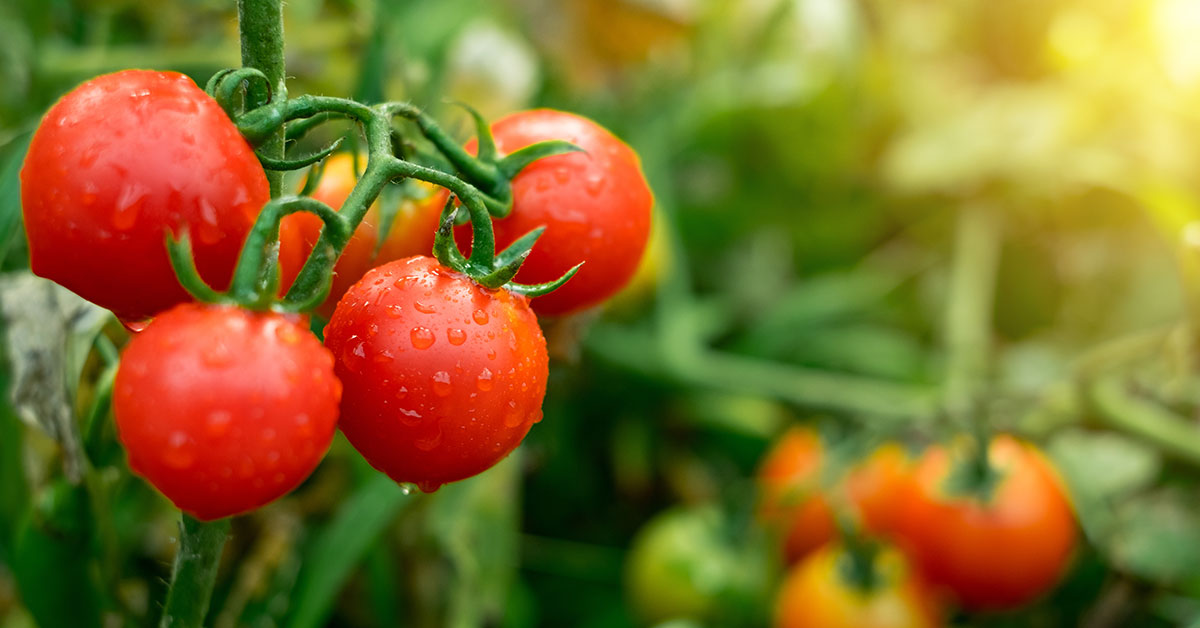The Dragon Carrot is known for its stunning purple skin and vibrant orange interior, making it visually striking and nutritious.
Let’s talk about growing Dragon Carrots, exploring the best cultivation techniques, tips for success, and the numerous benefits of incorporating these majestic vegetables into your home garden.
What is a Dragon Carrot?
Dragon Carrot, scientifically known as Daucus carota, is a variety of carrot that originates from the Mediterranean region. It gets its name from its striking deep purple color, resembling the scales of a mythical dragon. However, don’t be fooled by its appearance, as the flesh inside is a vibrant orange just like regular carrots.
Dragon Carrots are known for their slightly sweeter and more intense flavor compared to regular orange carrots. The purple pigment in these carrots is due to the presence of anthocyanins, which not only gives them their unique color but also adds to their antioxidant properties. When cooked, Dragon Carrots retain their bright color and maintain a pleasingly tender yet crisp texture.
Similar to other carrots, Dragon Carrots are packed with essential vitamins, minerals, and dietary fiber, making them a healthy addition to any diet. They are an excellent source of vitamin A, which supports healthy vision and boosts the immune system. Additionally, they provide a good amount of vitamin K, potassium, and antioxidants, promoting overall well-being and aiding in digestion.
The vibrant color and distinct flavor of Dragon Carrots make them a versatile ingredient in the kitchen. They can be used in both raw and cooked forms, adding a unique twist to various dishes. Raw Dragon Carrots can be grated or sliced to add a pop of color to salads, slaws, or vegetable platters. When cooked, they can be roasted, steamed, or even used in soups and stews, enhancing the overall visual appeal and flavor profile of the dish.
Dragon Carrots are relatively easy to grow, making them an attractive choice for home gardeners. They thrive in well-drained soil and require regular watering to ensure proper growth. While they are not as widely available as regular orange carrots, you may find them at specialty grocery stores, farmer’s markets, or even through online seed suppliers.
What does a Dragon Carrot taste like?
Dragon Carrots are known for their slightly sweet and earthy flavor. Unlike regular orange carrots, they have a more intense and robust taste. The sweetness is often compared to that of a regular carrot but with a hint of spiciness and a subtle nuttiness. The earthy undertones add depth to the overall flavor, making Dragon Carrots a versatile ingredient in various culinary creations.
The taste of Dragon Carrots can be further enhanced or altered based on the cooking methods used. Roasting them brings out their natural sweetness and caramelizes the edges, resulting in a slightly smoky and savory flavor. Boiling or steaming the carrots helps retain their vibrant color while softening their texture and intensifying their natural taste. Grating or shredding Dragon Carrots and using them in salads or slaws allows their flavors to shine, adding a pleasant crunch and freshness to the dishes.
Dragon Carrots pair well with a wide range of flavors, making them a versatile ingredient in both sweet and savory dishes. The slightly sweet and earthy notes of Dragon Carrots work harmoniously with ingredients such as ginger, garlic, honey, and citrus fruits. The spiciness of the carrots can also be complemented by using spices like cumin, paprika, or chili powder. Incorporating Dragon Carrots into dishes like soups, stir-fries, or even desserts can provide a unique and unexpected twist to traditional recipes.
How to start from seed
These vibrant and unique carrots not only add a pop of color to your garden but also offer a delicious and nutritious addition to your meals. These instructions will guide you through the step-by-step process of starting Dragon Carrot from seed, ensuring a successful and bountiful harvest.
- Choosing the Right Seeds:
To start your Dragon Carrot journey, it is crucial to select the right seeds. Look for reputable seed suppliers or nurseries that offer Dragon Carrot seeds. Make sure the seeds are fresh and of good quality to increase your chances of successful germination. - Preparing the Soil:
Dragon Carrots thrive in well-drained soil with a pH level of 6.0 to 7.5. Before sowing the seeds, prepare the soil by removing any weeds, rocks, or debris. Loosen the soil to a depth of at least 8 inches and mix in organic matter such as compost or well-rotted manure to improve soil fertility and drainage. - Sowing the Seeds:
Dragon Carrot seeds should be sown directly into the garden bed or a container. The ideal time to sow the seeds is in early spring, once the soil has warmed up and there is no longer a risk of frost. Create small furrows in the soil, about 1/4 inch deep, and space them at least 2 inches apart. Place the seeds in the furrows, ensuring they are well-spaced and not overcrowded. - Covering and Watering:
Once the seeds are in place, gently cover them with a thin layer of soil. Avoid compacting the soil too much, as this can hinder germination. After covering, water the soil thoroughly, ensuring it is evenly moist. Be careful not to overwater, as this can lead to rotting of the seeds. - Germination and Care:
Dragon Carrot seeds typically take 10-14 days to germinate. During this time, it is important to keep the soil consistently moist but not waterlogged. Water the seedlings regularly, especially during dry spells, to promote healthy growth. Thin out the seedlings once they reach a height of 1-2 inches, leaving at least 2-3 inches of space between each plant. - Protecting from Pests and Diseases:
Dragon Carrots are generally resistant to many pests and diseases. However, it is still important to monitor your plants for any signs of trouble. Keep an eye out for common carrot pests such as carrot flies or aphids, and take appropriate measures to control them, such as using insecticidal soap or companion planting with repellent plants. - Harvesting:
Dragon Carrots are usually ready for harvest around 75-90 days after sowing, depending on the variety. The carrots should be firm and vibrant in color when ready to harvest. Gently loosen the soil around the base of the carrot and pull it out, taking care not to damage the roots.
How to grow this vegetable in your garden
Dragon carrots, known for their vibrant purple exterior and orange interior, are a great addition to any home garden. These instructions will guide you through the step-by-step process of growing, caring for, and harvesting dragon carrots, highlighting recipe ideas and culinary uses along the way.
I. Preparing the Soil:
- Choose a sunny location: Dragon carrots require at least 6-8 hours of full sun daily.
- Optimal soil conditions: Ideally, the soil should be well-draining, loose, and rich in organic matter. Sandy loam or loamy soil works best.
- Soil preparation:
a. Remove any weeds or other plants from the area.
b. Amend the soil with compost or well-rotted manure to improve the nutrient content.
c. Loosen the soil to a depth of 10-12 inches using a garden fork or tiller.
d. Smooth out the surface, removing any rocks or debris.
II. Planting Dragon Carrots:
- Sow seeds or transplant: Depending on your preference and availability, you can either sow dragon carrot seeds directly into the garden or start them indoors and transplant later.
- Sowing:
a. Dig shallow furrows, approximately ¼ to ½ inch deep and 12-18 inches apart.
b. Sow the seeds, keeping about 2 inches of spacing between them.
c. Cover the seeds lightly with soil and gently press down.
d. Water the area thoroughly. - Transplanting (if applicable):
a. Start seeds indoors in biodegradable pots 2-3 weeks before the last expected frost.
b. Harden off the seedlings by gradually exposing them to outdoor conditions over a week.
c. Dig holes in your garden, spaced 6-8 inches apart, and transplant the seedlings.
III. Caring for Dragon Carrots:
- Watering:
a. Keep the soil consistently moist, but avoid overwatering, as it may cause rotting.
b. Water deeply once a week to ensure the plants receive ample hydration. - Mulching:
a. Apply a layer of organic mulch (e.g., straw or wood chips) around the plants to retain moisture, suppress weeds, and regulate soil temperature. - Thinning:
a. Once the seedlings reach about 2 inches tall, thin them to maintain spacing of 3-4 inches between plants. Use scissors or garden shears to remove the weaker seedlings, ensuring the strongest ones have enough space to grow.
IV. Harvesting and Storing Dragon Carrots:
- Harvesting:
a. Carrots are ready to harvest 60-75 days after planting, depending on the variety.
b. Gently loosen the soil around the base of the carrot and grasp the foliage.
c. Carefully pull out the carrot, avoiding any excessive force that may break it. - Storing:
a. Remove the greens from harvested carrots, leaving about an inch of the stem intact.
b. Store unwashed carrots in a plastic bag in the refrigerator to retain moisture.
c. Properly stored, they can last up to a few weeks.


